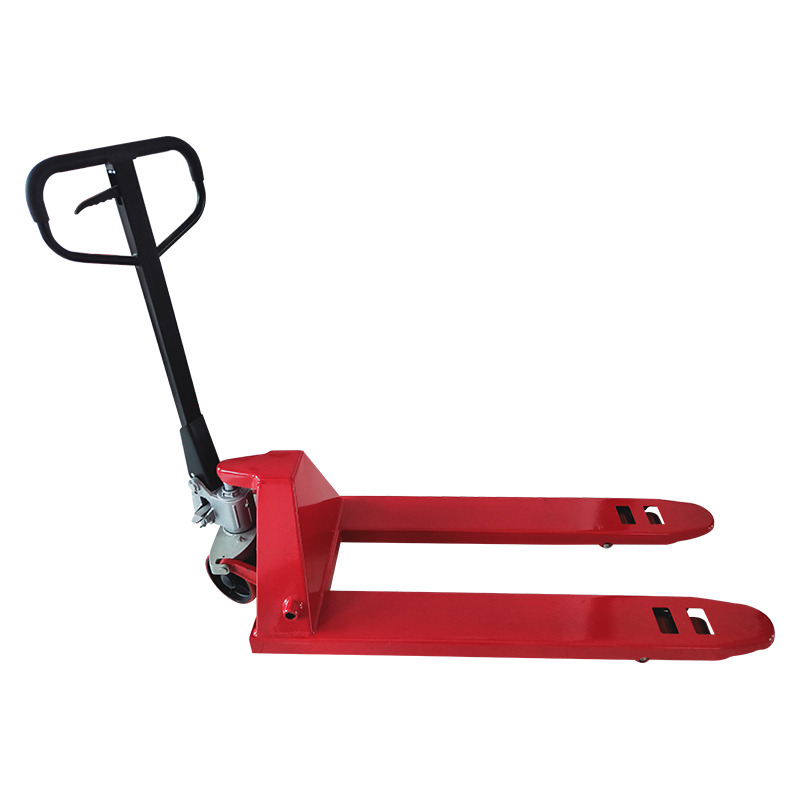


Fall Arrest Systems Ensuring Safety in Elevated Workplaces
In work environments where heights are an inherent risk, such as construction sites, oil rigs, or even some warehouse operations, fall arrest systems play a critical role in ensuring worker safety. These systems are designed to prevent workers from falling or to minimize the impact of a fall if it occurs. Understanding the components, types, and regulations surrounding fall arrest systems is essential for any organization whose workers operate at elevation.
What is Fall Arrest?
Fall arrest refers to a safety system that is designed to stop a person from falling or to catch them during a fall. This system typically includes components such as harnesses, lanyards, anchor points, and shock-absorbing devices. Unlike fall restraint systems that prevent a fall from occurring in the first place, fall arrest systems come into play when a worker does slip or lose their footing. Their primary function is to manage the fall's impact and protect the individual from severe injury or death.
Components of Fall Arrest Systems
1. Full-Body Harness At the heart of any fall arrest system is the full-body harness. It secures the worker and distributes the forces of a fall across the body, minimizing the risk of injury. It’s crucial that harnesses are properly fitted to the wearer to ensure effectiveness.
2. Lanyard and Connector The lanyard connects the harness to an anchorage point. These come in various forms, including shock-absorbing lanyards that reduce the impact of a fall. Connectors, such as carabiners or snap hooks, ensure that the lanyard is securely fastened.
3. Anchor Point This is a secure point to which the harness is attached. It can be a structural element of the building, such as a beam or a purpose-built anchor. The strength and reliability of the anchor point are critical, as it must withstand the forces exerted during a fall.
4. Deceleration Device Some systems use additional devices that slow down the fall. These can include shock absorbers built into the lanyard or external devices that manage the fall's speed and impact.
Types of Fall Arrest Systems

There are several types of fall arrest systems, each suitable for different environments and risks
- Personal Fall Arrest Systems (PFAS) Used primarily by individuals who work at heights, these systems are designed for users to wear while working.
- Guardrails While not a traditional fall arrest system, guardrails can help prevent falls. However, they are often used in conjunction with other systems for maximum safety.
- Safety Nets In some construction settings, safety nets might be used below the work area to catch falling workers or materials.
- Retractable Lifelines These devices extend and retract as a worker moves, providing freedom of movement while automatically adjusting the length of the line to prevent falls.
Regulations and Standards
Organizations must adhere to safety regulations governing fall arrest systems. In the United States, the Occupational Safety and Health Administration (OSHA) has specific guidelines that outline when and how fall arrest systems must be implemented. Compliance with these regulations not only protects workers but also shields organizations from potential legal consequences.
Regular training is also a critical aspect of maintaining safety with fall arrest systems. Workers should be trained on the proper use of equipment, recognizing hazards, and understanding the significance of maintaining and inspecting their fall arrest systems regularly.
Conclusion
In conclusion, fall arrest systems are an indispensable part of workplace safety for those who operate at heights. Through a combination of the right equipment, adherence to regulations, and an ongoing commitment to training, organizations can protect their workers from one of the most significant risks they face in elevated environments. Safety should always be a priority, and investing in effective fall arrest systems not only enhances worker wellbeing but also promotes a culture of safety throughout the organization. By prioritizing fall protection, companies can ensure that their operations run smoothly while safeguarding their most valuable asset their people.



